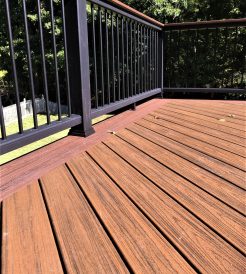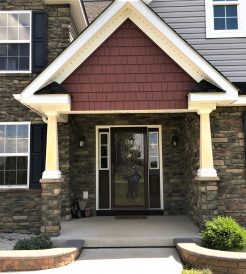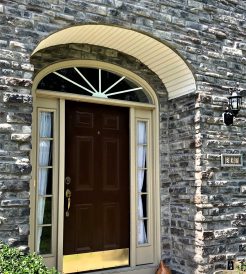Home additions are big projects that cost tens of thousands of dollars, depending on the scope. No matter the size, you need to finance the project. Here are some popular ways to finance your home addition.
How Much Do Home Additions Cost?
Before you figure out how you will finance your home addition, you need a general understanding of how much your project will cost. Many popular additions have an approximate price range to help you understand how to finance them. For example, a small project, like enclosing a porch, will cost only a few thousand dollars. A big project, like an in-law suite, could cost around $90,000 to $120,000. Check out our guide to see how much your project may cost.
Save Up the Cash
If you plan ahead with something like a 5- or 10-year plan for your home, you can start setting aside some cash every month towards a home addition. This method will be the cheapest in the long run, as you won’t have to worry about interest. The downside to saving cash is that it takes time. Depending on the scale of your project and how much you can afford to set aside every month, you could have to wait decades before your project can even begin.
Finance Through Your Contractor
Check with your contractor to see if they have a financing partnership with a financial institution. These special financing options have competitive rates when compared to independent financiers because of the partnership with the contractor. Often, you’ll receive a revolving line of credit that you could use for multiple projects or to cover hidden costs that arise during construction.
Apply for a Home Equity Loan or Line of Credit
If you’ve lived in your home for several years, you likely own a significant amount of equity in your home. You are able to leverage this equity to secure a Home Equity Loan (HEL) or Home Equity Line of Credit (HELOC). Both options are essentially second mortgages, but are used in different ways. The benefit is that these have lower interest rates than a personal loan or credit card. The downside is that you need to own enough equity in your home to receive the funds.
Home Equity Loan
HEL is a lump sum of money you’ll receive immediately to pay for your addition. Since you receive the money immediately, you’ll start making payments on the loan immediately, too. These payments will be on the principal and interest.
Home Equity Line of Credit
HELOC is a revolving line of credit, similar to a credit card, that you can draw money out of up to a maximum amount. They are more flexible than a HEL because you’ll only draw out what you need when you need it. You’ll have a draw period for when you can use this line of credit. During this time you only need to pay interest, and principal payments are optional. At the conclusion of your draw period, you’ll be required to make payments on interest and principal.
Cash-Out Refinance
A different option to leverage your home equity is by refinancing your home. You’ll be “cashing out” by replacing your current mortgage with a new one at a higher amount than what you currently owe. The difference between your new mortgage amount and the amount owed on the old mortgage will be cash in your hand to use on your addition. A cash-out refinance is more convenient than HEL or HELOC because you’ll only be making one payment a month, but you should only consider this option if you can secure a new mortgage at an equal or lower interest rate than your current mortgage.
Apply for a Personal Loan or Line of Credit
If you don’t have enough equity in your home to justify one of the options above, you can still apply for a personal loan or a personal line of credit. The financial institution will take into consideration your income and credit history to determine how much to loan to you. Just like with a HEL and HELOC, a loan is a lump sum while a line of credit functions similar to a credit card. Be wary, however, when using a personal loan or line of credit. These often have the worst interest rates and you’ll likely be better off using the promotional rates of your contractor’s partnership with a financier.
Finance Your Home Addition Today!
If you’ve already talked to us about your home addition project and need financing before we get started, check out our financing page. We partner with Wells Fargo Home Projects for special financing options for E&E Contracting customers only! If you’re not that far along in the process and still need to talk to a representative, contact E&E Contracting online today!







